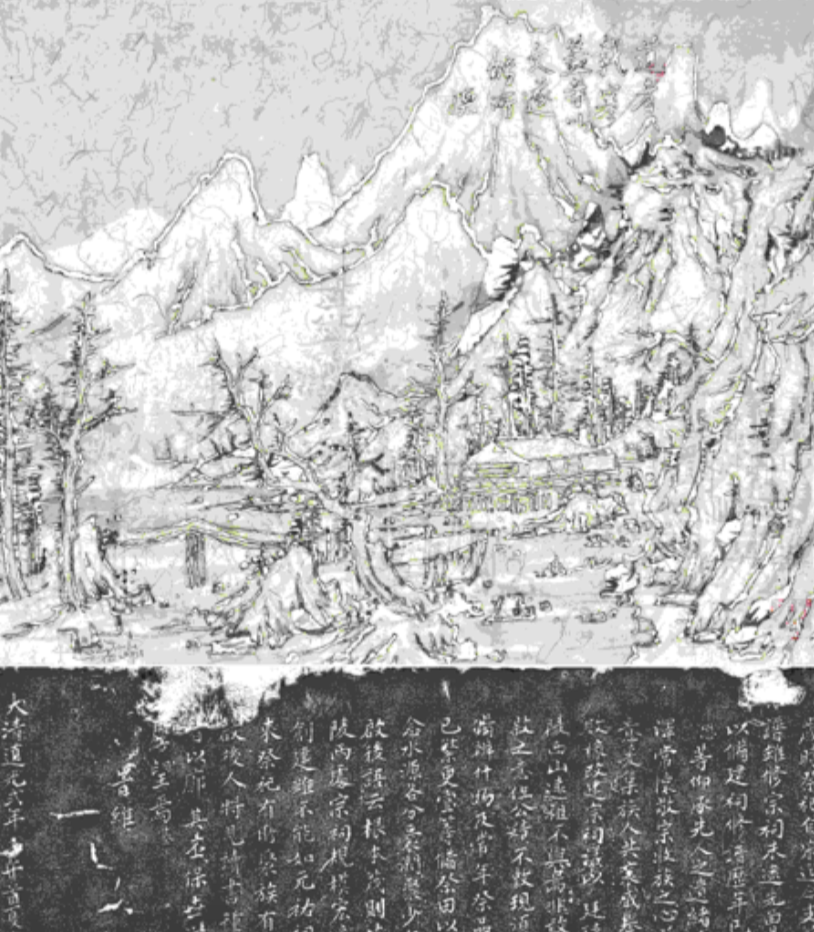WANG TIANDE


A prominent figure in the development of modern calligraphy, Wang Tiande reinvents traditional Chinese script and painting through his innovative use of materials. For his “Digital” series, Wang painted layers of Chinese characters and landscapes in ink onto paper or vellum, then accentuated certain elements by burning the material with cigarettes or incense. Wang has also produced digital photography, as in Yuhuangshan (2008), which captures an image of heaps of ash made from burnt Xuan paper, giving the appearance of mountainous landscapes. Among his experimental approaches to calligraphy, Wang has been known to have sheep eat grass in the shape of Chinese characters, and to create calligraphy by planting new grass. His work can be seen to occupy a space between past and present, material and immaterial, permanence and transience.
Wang Tiande’s works are in the collections of the National Art Museum of China, Shanghai Art Museum, Suzhou Museum, Shenzhen Art Museum, Guangdong Art Museum, Hong Kong Museum of Art, Museum of Fine Arts Boston, the Metropolitan Museum of Art, Spencer Museum of Art, the British Museum, the Montreal Museum of Fine Arts, and UC Berkeley Art Museum and Pacific Film Archive, as well as major private collections in Asia and the West.

